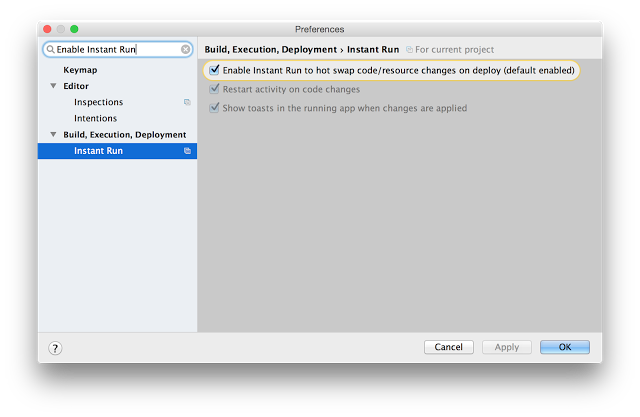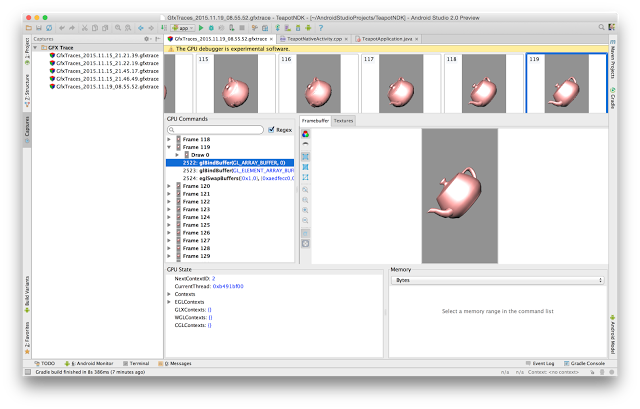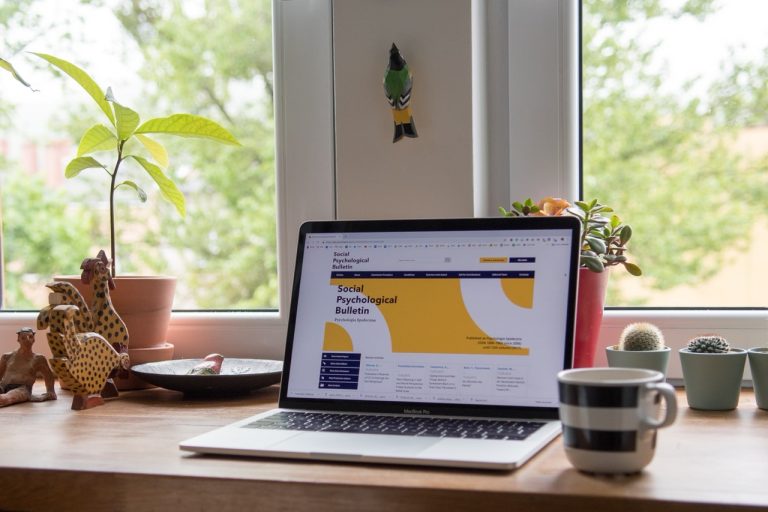Android Studio 2.0 Is Here With Improved Android Emulator And Instant Run Feature
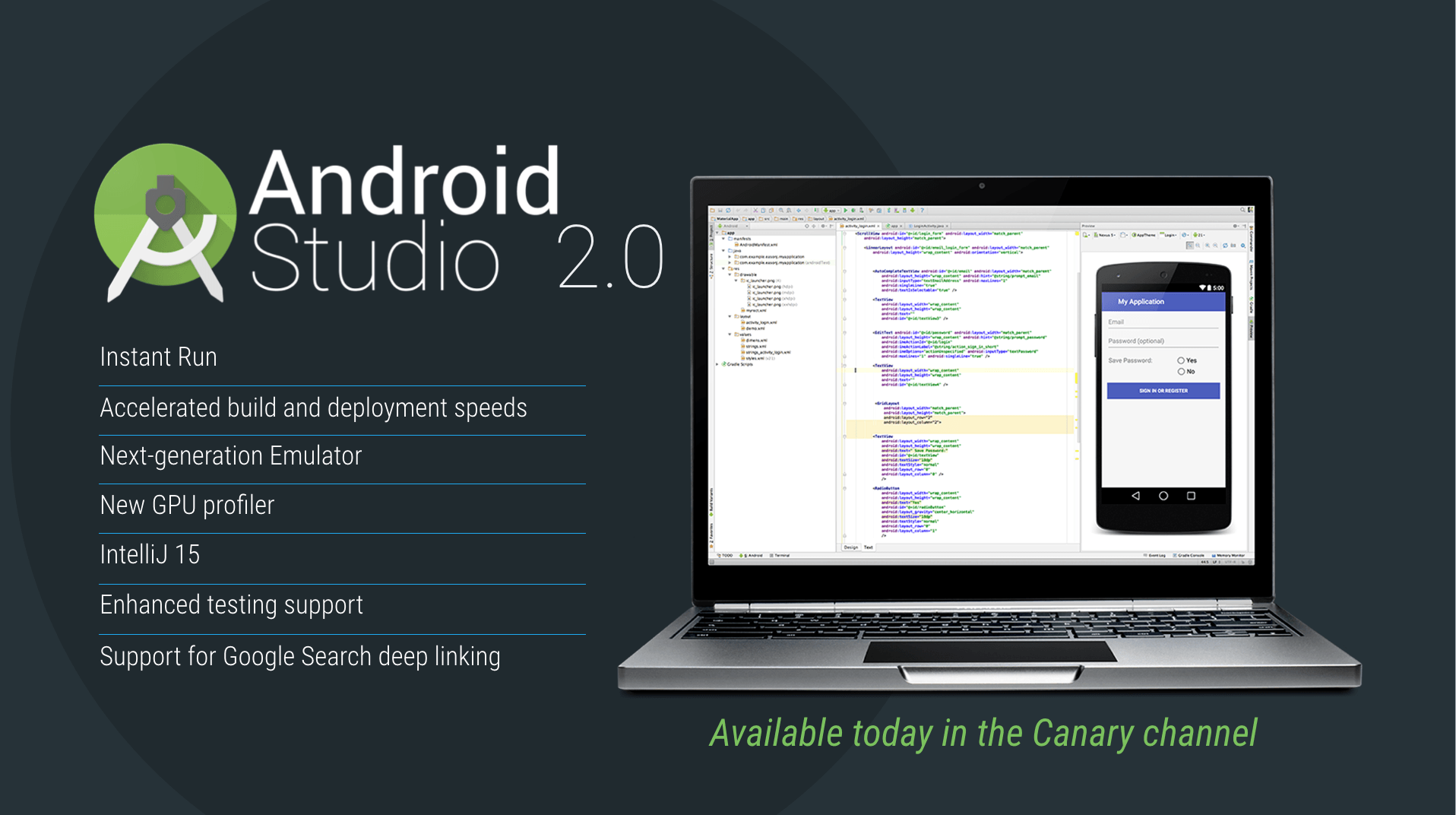
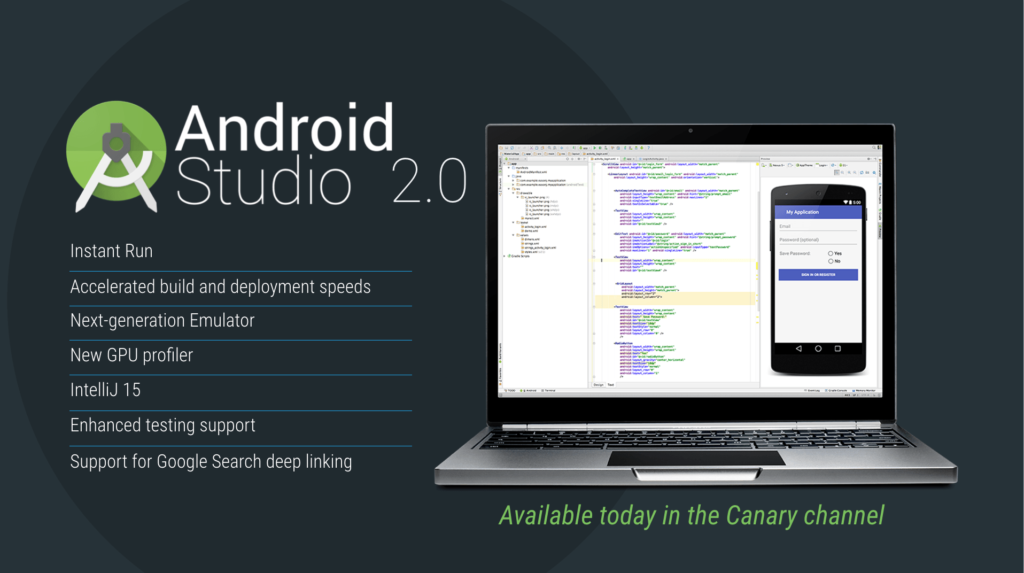 Short Bytes: Yesterday, Google released version 2.0 of its Android Studio integrated development environment (IDE) for writing apps for its mobile operating system. One of the most requested features incorporated in this release is to make app builds and deployment faster in Android Studio.
Short Bytes: Yesterday, Google released version 2.0 of its Android Studio integrated development environment (IDE) for writing apps for its mobile operating system. One of the most requested features incorporated in this release is to make app builds and deployment faster in Android Studio.
The new version is available as a preview in the canary release channel, so google can get your feedback on usage and crash reports, of course.
New Features in Android Studio 2.0
As stated earlier, majority of features in this release are around performance to improve your development cycle and reduce development time.
Instant Run: Faster Build & Deploy
Ask any developer, what is the most time consuming and high memory task in her app development life cycle is and she replies back with “running the emulator”. Android Studio 2.0 has instant run feature that allows you to to quickly see your changes running on your device or emulator.
If you create a new project with Android Studio 2.0 then your projects are already setup. If you have a pre-existing app open Settings/Preferences, the go to Build, Execution, Deployment → Instant Run. Click on Enable Instant Run. This will ensure you have the correct gradle plugin for your project to work with Instant Run.
GPU Profiler
You can now Profile your OpenGL ES Android code with the GPU Profiler in Android Studio 2.0. The tool is in early preview, but is very powerful and not only shows details about the GL State and Commands, you can also record entire sessions and walk through the GL Framebuffer and Textures as your app is running OpenGL ES Code.
To get started, first download the GPU Debugging Tools package from the Android Studio SDK Manager.
Google demonstrated the complete features of Android Studio 2.o at the Android Developer Summit. If you missed out the Google summit you can check the recording here.
Download Android Studio 2.0 [adinserter block=”12″][adinserter block=”13″]
